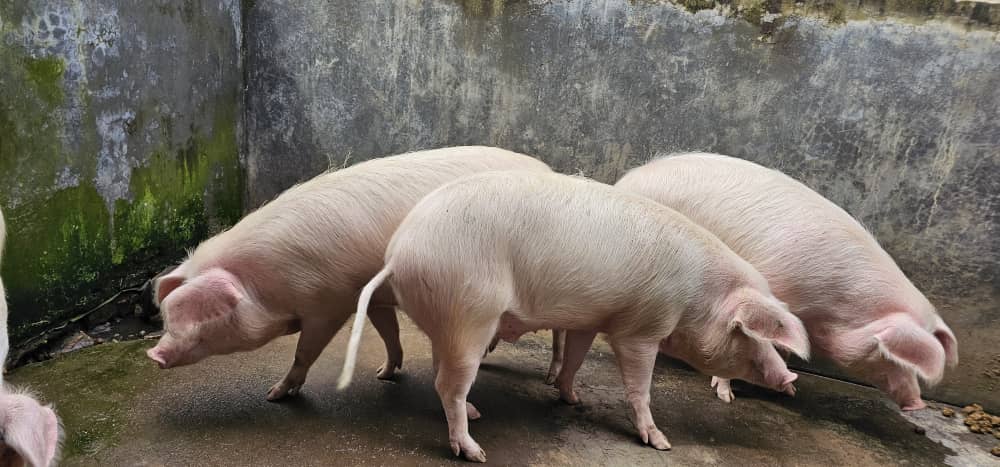Piggery Farming in Uganda: A Lucrative Agribusiness Opportunity
Piggery farming in Uganda has grown into a highly profitable agribusiness, attracting both small-scale and large-scale farmers. With the increasing demand for pork in local and international markets, many Ugandans are turning to pig farming as a means of economic empowerment. This article explores the potential, challenges, and opportunities within the piggery sector in Uganda.
Why Piggery Farming in Uganda?
- High Demand for Pork: Uganda has one of the highest per capita pork consumption rates in East Africa. Pork joints and butcheries are common across the country, fueling demand for quality pig products.
- Quick Returns on Investment: Pigs have a high reproduction rate and can be sold within six months, providing a steady cash flow for farmers.
- Adaptability: Pigs can thrive in various climatic conditions and can be reared in both rural and urban settings with minimal space requirements.
- Employment Opportunities: Piggery farming creates jobs, from pig breeding to meat processing and sales.
Setting Up a Profitable Piggery Farm
To establish a successful piggery business, consider the following key aspects:
1. Choosing the Right Breed
Selecting a good breed is essential for high productivity. Popular pig breeds in Uganda include:
- Large White – Known for fast growth and high meat yield.
- Landrace – Excellent for bacon production.
- Duroc – Hardy and disease-resistant.
- Camborough – A crossbreed with high reproductive efficiency.
2. Housing and Management
A well-structured pigsty is necessary to ensure proper ventilation, hygiene, and easy waste management. Farmers should provide adequate space, clean water, and good drainage systems to prevent diseases.
3. Feeding and Nutrition
Pigs require a balanced diet for optimal growth. Their diet includes:
- Commercial pig feeds (rich in protein and energy)
- Kitchen waste and agricultural by-products
- Mineral and vitamin supplements
Proper feeding directly impacts the weight gain and quality of the pigs, leading to better market prices.
4. Health Management
Disease control is vital for profitable pig farming. Farmers should:
- Vaccinate pigs against common diseases like swine fever.
- Maintain proper sanitation in pigsties.
- Regularly deworm and consult veterinary officers for health checkups.
Challenges in Piggery Farming
While piggery farming is lucrative, farmers face several challenges, including:
- Diseases and Pests: Outbreaks of swine diseases can lead to huge losses.
- High Feed Costs: The cost of commercial feeds is rising, affecting profitability.
- Limited Market Access: Farmers often struggle to find buyers, especially those in remote areas.
- Poor Farming Practices: Lack of knowledge in modern pig farming techniques leads to inefficiencies.
Opportunities in the Piggery Sector
Despite the challenges, piggery farming presents numerous opportunities, such as:
- Value Addition: Processing pork into sausages, bacon, and packaged meat increases profits.
- Export Market: With proper standards, Ugandan pork can penetrate international markets.
- Government and NGO Support: Various programs promote piggery farming through training and financial support.
- Integration with Other Farming Activities: Pig waste can be used to produce organic manure and biogas, adding value to the farm.
Conclusion
Piggery farming in Uganda is a promising venture with significant economic potential. By adopting best practices, investing in quality breeds, and leveraging market opportunities, farmers can make pig farming a sustainable and profitable business. Whether you are a beginner or an experienced farmer, the piggery sector offers immense opportunities for growth and financial success.







